When it comes to digital platforms meant to ease the prior approval burden, many procedures can receive almost instantaneous approval after a few keyboard clicks, but when a case isn’t cookie-cutter, these tools often aren’t very helpful—and might even make the process more of a headache than it would have been back in the old days.
A Look at the Past, Present, and Future of DEI Medical Education Initiatives
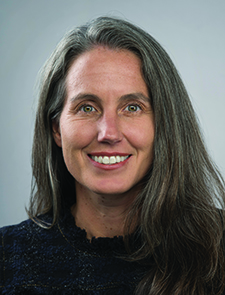
Barbie, Bullying, and Bravery: Ending Workplace Bullying Requires Strong Leadership
Workplace bullying may not be as overt as in the past, but it still exists and requires strong leaders who are not afraid to stand up and create a workplace where everyone has the opportunity to succeed.
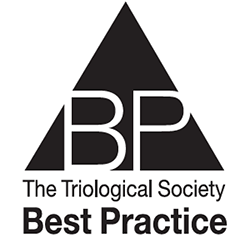
What is the Role of Tranexamic Acid in Septorhinoplasty?
The use of tranexamic acid to reduce intraoperative bleeding may have applications in septorhinoplasty.

Is Hyperbaric Oxygen Effective in the Treatment of Sudden Sensorineural Hearing Loss?
Randomized controlled trials with standardized hyperbaric oxygen therapy treatment protocols and attention to social determinants of health and other confounders are desperately needed to establish efficacy.

Is There a Role for Adjuvant Therapy in Patients with Large Juvenile Nasopharyngeal Angiofibromas?
Adjuvant therapy may have a limited role in select patients with advanced JNAs to achieve acceptable outcomes while minimizing serious morbidity and mortality.
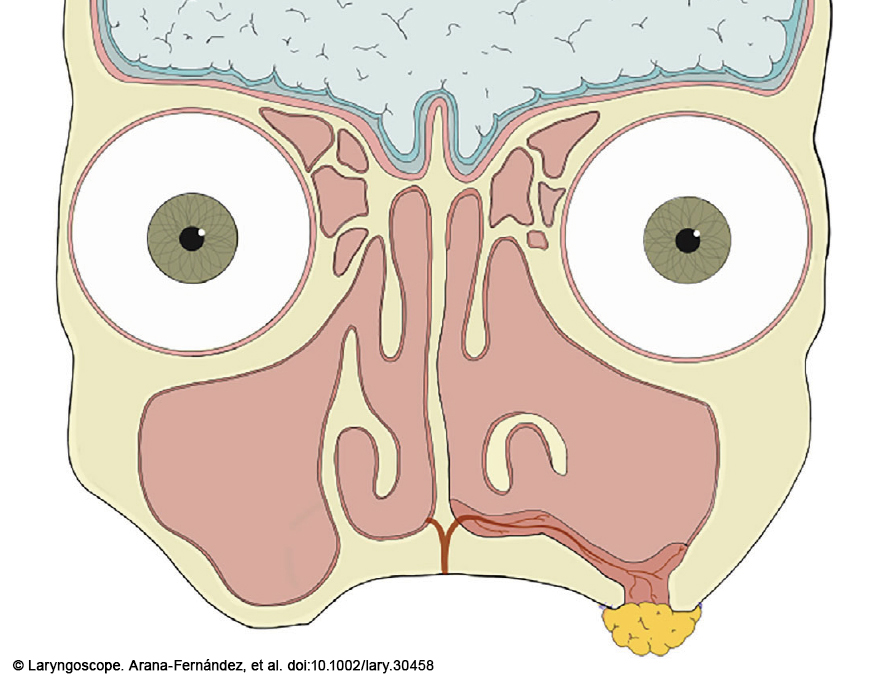
How to: Oroantral Fistula Closure Using Double-Layered Flap: Greater Palatine Artery Flap and Buccal Fat Pad
The aim of oroantral fistula management is to repair the defect, restoring the integrity of the sinus and oral cavity and preventing sinus infections.
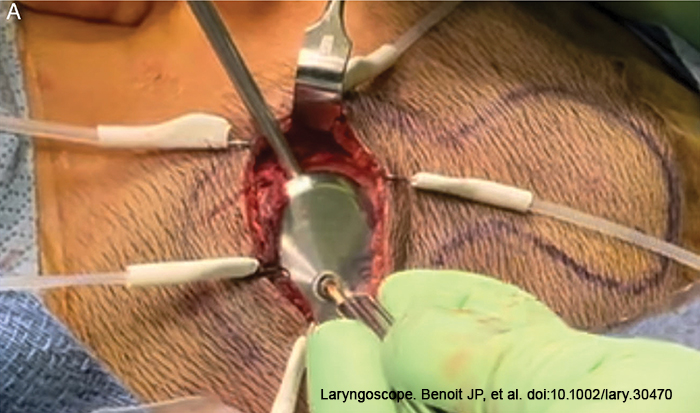
How to: Minimally Invasive OSIA Bone Conduction Hearing Implant (MOSIA) in Children
Minimally invasive OSIA 2 System reduces the risk of signal attenuation and skin complications, which were limitations of previous percutaneous and older transcutaneous devices.
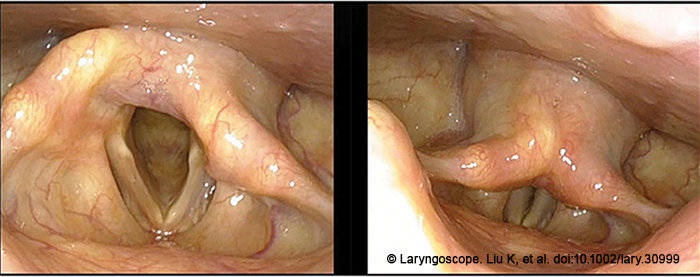
How to: A Novel Five-Step Reduction Technique of Arytenoid Dislocation
It is commonly accepted that early diagnosis and timely and effective joint reduction are the keys to treating arytenoid dislocation. In this article we take a look at a novel five-step reduction technique.
Intersectional Analysis of the Otolaryngology Match Confirms White Male Advantage
White men have a persistent advantage, while several racial, ethnic, and gender minorities are disadvantaged in the Head and Neck Surgery Match.
- « Previous Page
- 1
- …
- 36
- 37
- 38
- 39
- 40
- …
- 340
- Next Page »